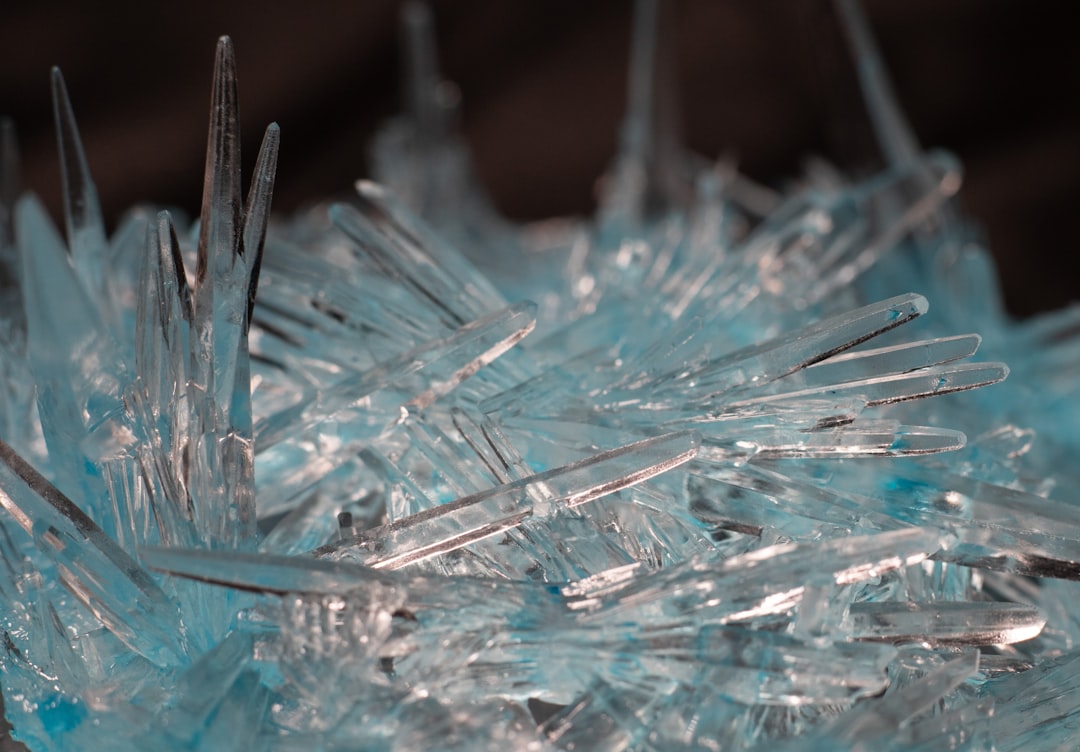What is it about?
Gold nanoparticle sensor for ammonia sensing.
Featured Image
Why is it important?
A low cost eco-friendly method for the synthesis of gold nanoparticles (AuNPs) using guar gum (GG) as a reducing agent is reported. The nanoparticles obtained are characterized by UV–vis spectroscopy, scanning electron microscopy (SEM), transmission electron microscopy (TEM) and X-ray diffraction (XRD). Based on these results, a potential mechanism for this method of AuNPs synthesis is discussed. GG/AuNPs nanocomposite (GG/AuNPs NC) was exploited for optical sensor for detection of aqueous ammonia based on surface plasmon resonance (SPR). It was found to have good reproducibility, response times of ∼10 s and excellent sensitivity with a detection limit of 1 ppb (parts-per-billion). This system allows the rapid production of an ultra-low-cost GG/AuNPs NC-based aqueous ammonia sensor.
Perspectives
Gold nanoparticle sensor have good reproducibility, response times of ∼10 s and excellent sensitivity with a detection limit of 1 ppb (parts-per-billion).
Dr Sadanand Pandey
Yeungnam University
Read the Original
This page is a summary of: Green synthesis of polysaccharide/gold nanoparticle nanocomposite: An efficient ammonia sensor, Carbohydrate Polymers, April 2013, Elsevier,
DOI: 10.1016/j.carbpol.2013.01.009.
You can read the full text:
Contributors
The following have contributed to this page










